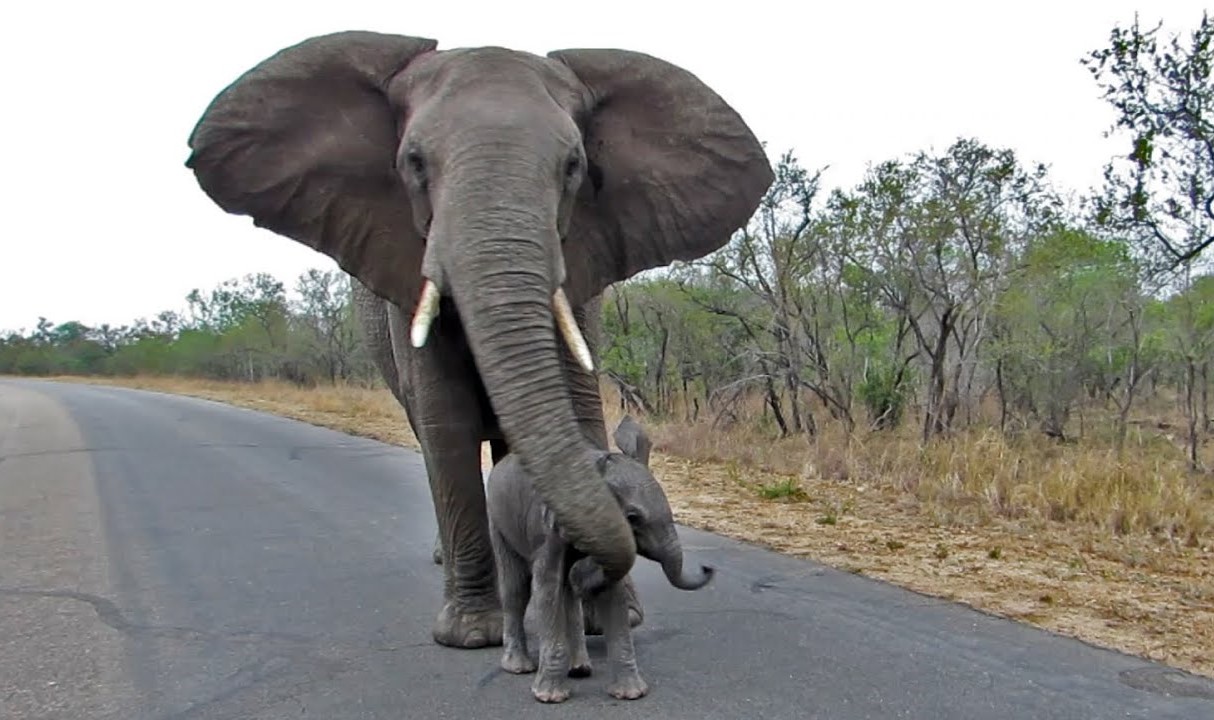Four Ways to Nudge Smarter Innovation

I love behavioral science. Together with related disciplines such as perceptual science, cognitive linguistics and cognitive psychology, I’ve found it to be incredibly useful in helping us both to innovate, and to communicate our innovations more effectively.
However while it is wonderful for guiding our designs, it’s critical to remember that its theories are approximations that do not precisely predict behavior. The complexity of real world contexts, and the inevitability of competing, often conflicting heuristics that impact real human decisions and behaviors, combined with differences between individuals means that outcomes are never guaranteed. Behavioral science is a powerful guide, but it’s not physics, and its predictions are approximations, not hard and fast predictive rules.
When Nudges Fail: To this exact point, I just read an excellent article on the BE Hub by Linda Thunström from the University of Wyoming. It shared some great examples of when nudges don’t give us the outcomes we expect. For example, calorie labels often fail to effectively encourage low calorie food choices, while nudges aimed at encouraging people to take charge of their retirement savings appeal most to those who wrongly believe that they are sufficiently financially literate to do so.
This kind of unanticipated outcome is unfortunately quite common. Another example is free gym memberships, a relatively common tool employed by large corporations to help improve employee wellness, and so indirectly reduce healthcare costs. While it is not a bad idea per se, the group who take most advantage of it are frequently those who need it least – the people who would likely have bought a gym membership anyway. Conversely those without a preexisting proclivity for exercise are far less likely to use a free membership, or even if they do, to fade away once the initial allure of free is replaced by reality of the sacrifices demanded by a regular exercise regime.
So do these examples mean we should abandon Nudging, and Behavioral Science? Absolutely not. It remains a tool with the potential to do enormous good. It can help people to find new products and services, adopt better, healthier lifestyles, or to make better long-term financial decisions. It’s just not 100% predictive, so we need to find ways to manage unexpected outcomes.
Sensory Nudging, Cognitive Linguistics and Framing:I actually believe we should extend nudging well beyond the ‘traditional’ domain of Behavioral Economics and decision engineering. For example, by using insights drawn from sensory and visual science, we can also nudge what people notice, pay attention to, what comparisons they make, and what consideration sets they choose from. Similarly, cognitive linguistics and framing can influence both what comparisons people make, in what context, and the emotional framework that influences those decisions.
Four ways to Nudge Smarter: But how do we avoid unintentionally nudging people to do the wrong thing? Well, in part the answer is that we’ll never be certain of the outcome of a nudge. And sometimes a surprising result may teach us far more than the predicted one. But there are some things I believe we can do to increase our chances of ultimately achieving our desired outcomes:
- Experiment, Experiment, Experiment.We need to stay constantly in an experimental mindset, ideally start small, always measure the outcomes of our interventions, design tests that challenge our assumptions, and never simply assume our hypothesis will go as planned.
- Be as creative in how we test breakthroughs as we are in designing them!It’s not just important to run experiments, but also to run the right ones. Whilst we may be able to use existing methodologies to test some innovations, the act of innovation rightly creates new behaviors, new markets, and new consumer perceptions. We therefore often need to adapt our methodologies to reflect this, while also measuring the implicit as well as explicit consumer elements of consumer decisions that are central to our growing knowledge of behavioral science . And research design is where we are often our own worst enemy. Habits don’t just drive consumer behavior, they also influence innovators and market researchers. If we are truly innovating a market, there’s a good chance we’ve also disrupted how it needs to be consumer tested. But we tend to fall back on familiar, established methodologies and benchmarks, and have a bias to use existing expertise, or create familiar data that is easy to understand, share, and use to justify our decisions if the worst happens, and a launch does not go as planned. It is all too easy to take a revolutionary product or service, and then test it using research designed for how the market used to be, instead of how it is now, or will be.   But, and it’s a critical but, this does not mean cramming new technology into our research just because it is new, cool, or we’ve just invested a ton of money in it. Instead it’s about anticipating and observing how our innovation will change it’s market and consumers, and adjusting our methodologies accordingly. And most importantly of all, it’s about ensuring that our testing has the minimum impact on the behaviors we are observing. Using techniques such as disguised choice, anthropological observation, or non invasive biometric technology such as mobile eye tracking can measure consumers behavior in real, messy contexts, while causing the minimal disruption to their behavior.
- Blue Ocean Nudging. When I first became interested in Behavioral Economics about 13 years ago, nudges were relatively rare, and the field was wide open. But behavioral science has become quite popular since then, and nudge based strategies can now be found everywhere, be it on websites, marketing or in public policy. As they become more ubiquitous, we do face a signal to noise problem. If everyone is trying to nudge the same consumer, not only do nudge strategies inevitably become less effective, but people also become more aware of them. That doesn’t mean they won’t work, and awareness is not always a bad thing. But most nudges rely at least in part upon implicit behaviors, and so consumer awareness can reduce effectiveness. So as behavioral science becomes more commonplace, and people become more sophisticated, it becomes increasingly important to assess the landscape before we start nudging, and ideally be selective about where we nudge, opting where possible for ‘blue oceans’, where existing nudge activity is at a minimum. As an analogy, a neon sign on a dark freeway will grab attention, but adding the same sign to the existing blaze of light that is Times Square is unlikely to have much impact.
- Blur the Lines Between Testing and Launching. The innovation model I grew up on was one of stage gates, qualification, and a somewhat false sense of security about our ability to predict the success of an innovation. The concept that we’ll know within a few percentage points how our product will perform in market is seductive, especially if we are investing significant capital, or risking change an important, profit generating brand. But one reason so many innovations fail is that we are simply not very good at predictive research on new ideas. And the more disruptive our innovation, the harder it is to anticipate how it will perform. In part this is because, as Nobel Laureate Daniel Kahneman pointed out, we don’t know our future selves very well. And if we cannot predict our own future behaviors, the odds are stacked against us predicting that of others. And this is compounded by our bias towards designing tests whose results are easily understood and shared. This drives us to sacrifice predictive accuracy for the illusion of precision, and the comfort of “quantitative data†and ‘good statistics’. Unfortunately the real world is messy, multivariable, and full of factors that are beyond our control.  To some extent, we need to live with that ambiguity.
This is not always possible, but one powerful way to do this is to treat the launch of innovations as experiments. Start small, observe and measure as we go, and maintain as much flexibility as possible to modify our propositions as we collect initial feedback. Emerging web based supply chains, and the flexibility provided by new materials, printing and manufacturing techniques opens the door to more test markets, soft launches, and most importantly, leaving some flexibility in design specs that allow us to learn as we go.
It’s also not as hard as we may think. For example, I can think of multiple times we’ve had to lock on an innovative  design 6-12 months before launch because we are supposed to have zero flexibility after we start to invest in manufacturing, only to make rapid, on the fly changes early in the launch process when market results don’t match our research, or we uncover unexpected flaws in our design.  All too often our lack of flexibility is at least in part in our own heads, or it is structural, driven by our internal budgeting needs to separate research and commercial initiatives.
In Conclusion: All of these suggestions come with challenges. But I passionately believe innovators who embrace behavioral science, but with commensurate flexibility in business models and research techniques will win the innovation race. We need to be change receptive, but also smart. Avoid expensive tech heavy tests of the blindingly obvious, launch with flexibility, and with an experimental mindset that challenges our assumptions early, tests our results frequently, and that allows us to bend, but not break, as the market tells us far more about our innovations than we can ever hope our research to do.
Image Credit: Wikipedia
Wait! Before you go…
Choose how you want the latest innovation content delivered to you:
- Daily — RSS Feed — Email — Twitter — Facebook — Linkedin Today
- Weekly — Email Newsletter — Free Magazine — Linkedin Group
 A twenty-five year Procter & Gamble veteran, Pete Foley has spent the last 8+ years applying insights from psychology and behavioral science to innovation, product design, and brand communication. He spent 17 years as a serial innovator, creating novel products, perfume delivery systems, cleaning technologies, devices and many other consumer-centric innovations, resulting in well over 100 granted or published patents. Follow him @foley_pete
A twenty-five year Procter & Gamble veteran, Pete Foley has spent the last 8+ years applying insights from psychology and behavioral science to innovation, product design, and brand communication. He spent 17 years as a serial innovator, creating novel products, perfume delivery systems, cleaning technologies, devices and many other consumer-centric innovations, resulting in well over 100 granted or published patents. Follow him @foley_pete
NEVER MISS ANOTHER NEWSLETTER!
LATEST BLOGS
Learning Innovations from Microsoft
Want to read up on the latest technologies or innovative business thinking? If you’re committed to continuous learning to maintain…
Read MorePossible Strategic Innovation in Tobacco?
Do you truly know how your customers want to consume your product? Cigarettes are of course typically sold by the…
Read More



